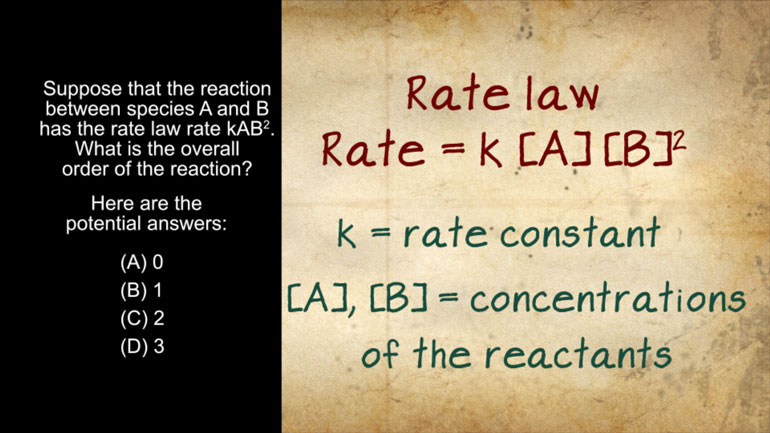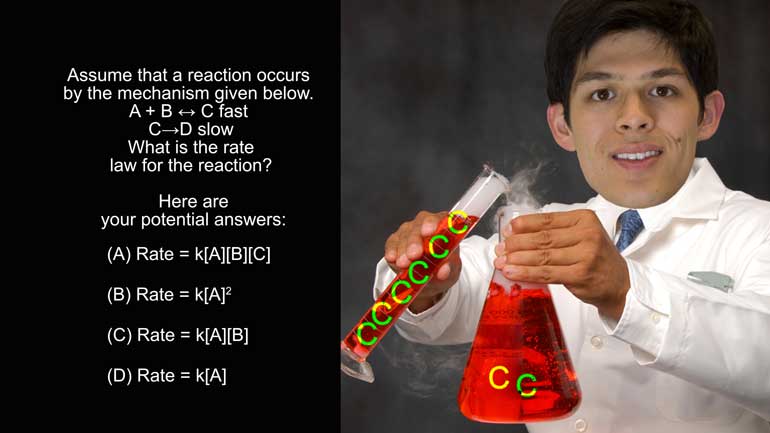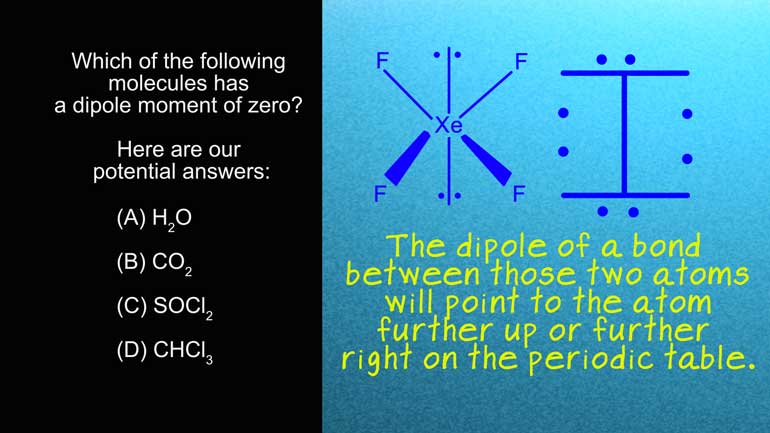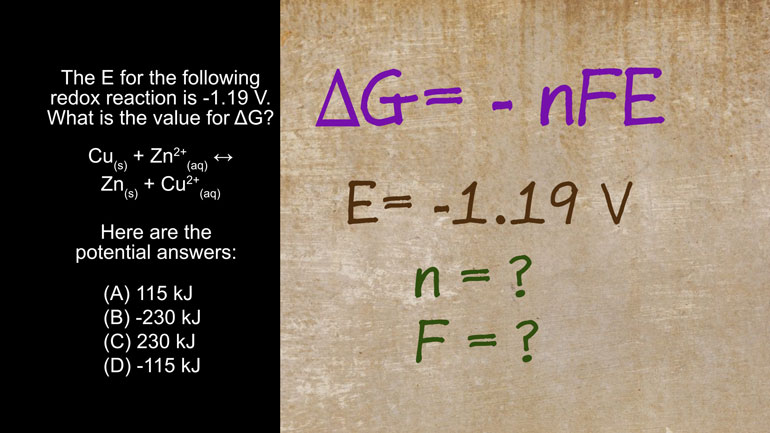ShmoopTube
Where Monty Python meets your 10th grade teacher.
Search Thousands of Shmoop Videos
AP Chemistry 1.4 Laws of Thermodynamics 20 Views
Share It!
Description:
AP Chemistry 1.4 Laws of Thermodynamics. Which of the following statements is true?
Transcript
- 00:04
And here’s your Shmoop du jour, brought to you by joules.
- 00:07
They’re the diamond-standard unit of energy, resplendent in their timeless beauty. [Girl wearing jewels and boy cries]
- 00:13
We hear they're sold at Kay.
- 00:14
Okay, here’s our question:
- 00:16
Equal masses of two substances, A and B, each absorb 50 joules of energy.
Full Transcript
- 00:21
If the temperature of A increases by 3 °C, and the temperature of B increases by 6 °C,
- 00:27
which of the following statements is true?
- 00:29
And here are our potential answers: These must be some creepy substances… [Gas appears]
- 00:36
Absorbing all this energy like dementors swallowing your soul… somebody should cast a patronus [Dementor appears]
- 00:42
charm, quick.
- 00:44
What's that?
- 00:45
Any object that increases in temperature is absorbing energy?
- 00:48
Oh….maybe we overreacted a little bit.
- 00:51
So to solve this problem, let’s take a look at this equation. [Finger points to equation]
- 00:53
Here, Q is the amount of heat or energy transferred when a material changes temperature, m is
- 00:59
the material’s mass, Cp is the heat capacity, and delta T is the change in
- 01:05
temperature.
- 01:06
We know from the problem statement that substances A and B have the same mass.
- 01:10
They also both absorb the same amount of energy, 50 joules.
- 01:14
That means the only factors that can differ between them are the change in temperature [Thermometer rising in temperature]
- 01:18
and the heat capacity.
- 01:19
So let’s write that out as an equation, which looks a little something like….this.
- 01:24
And even though it looks complicated, you don't have to be Hermione Granger to solve
- 01:28
this one.
- 01:29
The problem tells us the temperature increase for substance A is 3 degrees Celsius, while [Finger points to temperature increase for substance A]
- 01:33
the temperature increase for substance B is 6 degrees Celsius.
- 01:37
If we reduce this equation and cancel out the units, we can see that the heat capacity
- 01:41
of material A is twice the heat capacity of material B. And that just happens to be answer
- 01:46
choice (A).
- 01:48
Well done. [Girl pours potion]
- 01:49
You know, if you went to Hogwarts, we’re pretty sure you’d be a Ravenclaw, you smarty
- 01:53
pants.
Up Next
AP Chemistry 1.3 Chemical Reaction Rates. What is the overall order of the reaction?
Related Videos
AP Chemistry 1.4 Chemical Reaction Rates. What are the correct units for a second order rate constant?
AP Chemistry 1.5 Chemical Reaction Rates. What is the rate law for the reaction?
AP Chemistry 3.2 Laws of Thermodynamics. What is the value for ΔG?




